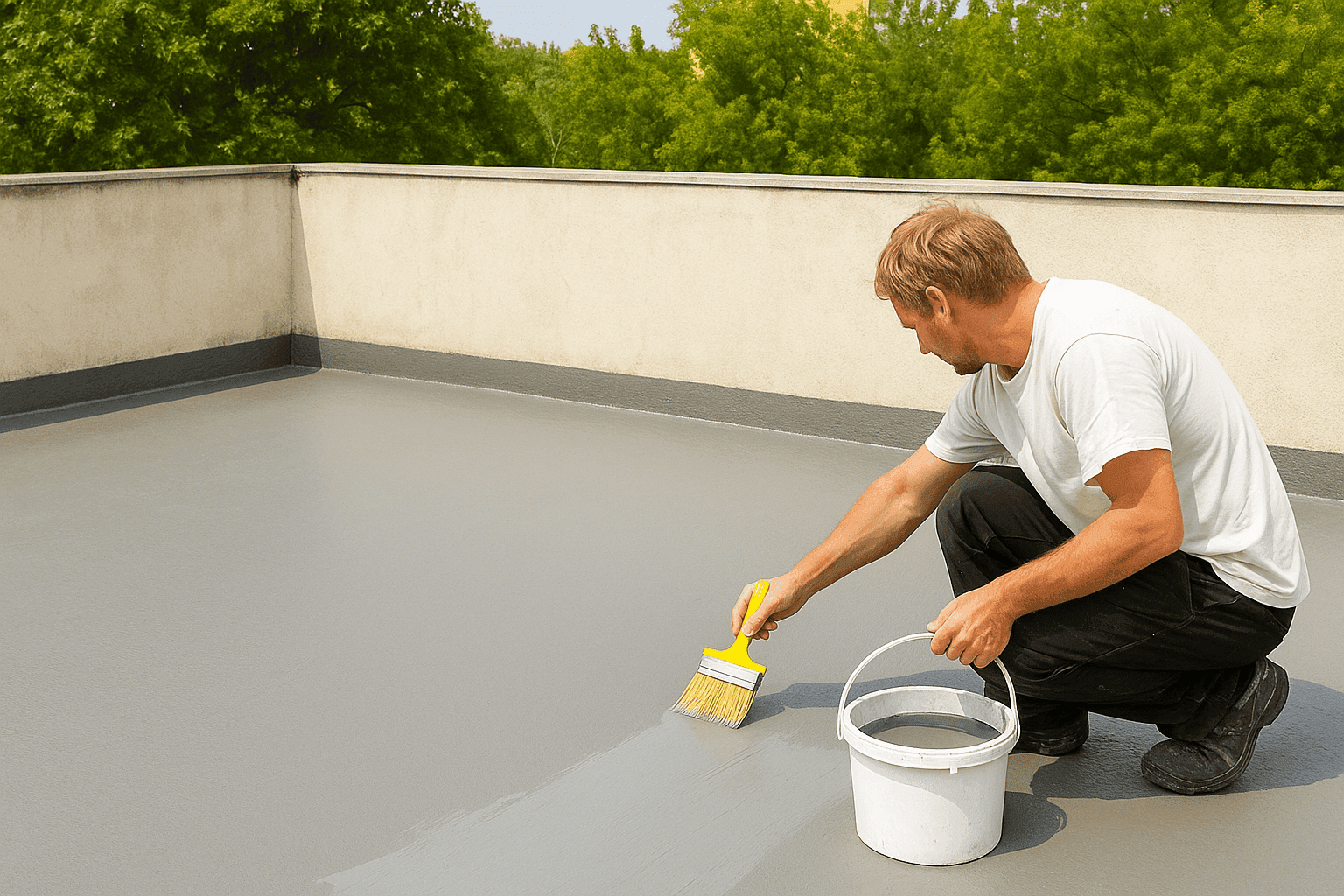Roof Waterproofing: 5 Indicators You Can't Ignore and the Next Steps

October 12, 2025
Highlight the subtle and obvious warning signs that your roof may need waterproofing and provide actionable advice on inspection and immediate next steps for homeowners.
If you're a builder or homeowner who's seen discolored patches on the ceiling or noticed a musty smell after last week’s rain, you might be facing one of the most overlooked but crucial issues: roof waterproofing. Even the finest roof loses its ability to keep out water over time, and knowing the subtle signs can save you major headaches, unexpected costs, and disruptions during construction or renovation projects. In this guide, we’ll break down the key indicators that your roof may need waterproofing—and give you the practical steps to protect your property.
Why Roof Waterproofing Deserves Your Attention
Water damage is sneaky. It doesn’t always start with visible drips or soggy walls; sometimes, the symptoms are less obvious but equally destructive. For builders and property managers, catching these red flags early means preserving not just the structure but also your reputation for quality workmanship.
Effective roof waterproofing goes beyond slapping on a layer of paint or patching a leak. It’s about keeping interiors dry, molding and mildew at bay, and the building’s value intact for years. Whether you oversee new builds or maintain older properties, proactive waterproofing can mean the difference between seamless results and costly repairs down the line.
5 Crucial Signs Your Roof Needs Waterproofing
1. Persistent Dampness or Stains
One of the earliest warning signs is a persistent, damp feeling or staining on ceilings and upper walls. Even if the marks seem minor, they can signal trapped moisture getting through the roof surface. Builders should look for uneven coloring, peeling paint, and small bubbles on interior surfaces, especially after heavy rainfall.
2. Leaks and Drips—Even Sparingly
Notice an occasional drip after a storm, or find small pools forming on upper floors? These point directly to a breach in roof waterproofing. Leaks might only appear during severe weather, but each incident can weaken roofing materials and encourage fungus or mold.
3. Mold Growth or Musty Odors
Mold is never good news on a construction site or a finished home. If you smell mustiness or spot green or black patches near the roof, waterproofing issues may be to blame. Mold feeds on dampness—a sure sign moisture has penetrated somewhere it shouldn’t.
4. Blistering or Peeling Roof Surfaces
Outside, inspect your roof for blisters, bubbles, or peeling sections in the waterproof membranes or coatings. These spots indicate that water pressure is building up underneath and pushing material out. Left unchecked, sections may crack and expose the underlying structure.
5. Roof Deck Sagging or Soft Spots
During structural checks, press gently on the roof deck. Soft spots or a slight sag suggest prolonged exposure to moisture. Builders often see this when old waterproofing layers fail, so it's crucial to address it before more serious damage occurs.
How to Inspect and Act (Tips for Builders and Homeowners)
Identifying the problem is only half the battle—acting fast can help you avoid costly repairs. Here are two practical tips to get started:
- Perform a visual roof inspection at least twice a year, checking all joints, seams, and valleys where water could collect.
- Hire a licensed roofer or waterproofing specialist to conduct a moisture assessment if you notice even one of the warning signs above.
If the inspection turns up red flags, don’t put off repairs. Water damage can accelerate rapidly and compromise electrical systems, insulation, and finishes inside the building.
Choosing the Right Roof Waterproofing Solution
With so many products available, making the right call is important. Consider not only the current state of your roof, but also climate, material compatibility, and long-term maintenance needs. For builders, partnering with experienced waterproofers can help ensure you get the right system and installation for each type of roof—from pitched tiles to flat concrete slabs.
- Check for certifications (like ISO or local standards) before purchasing waterproofing materials.
- Ask providers about guarantees, lifespan, and eco-friendly options, especially in projects that target sustainability.
Some solutions include liquid membranes, bituminous coatings, and advanced polymer sheets. The ideal choice should defend against rain, humidity, and the occasional snow, if your locale demands it.
Summary: Take the Next Step to Protect Your Build
Addressing roof waterproofing isn’t just about solving leaks—it’s about preventing future problems and ensuring every project stands the test of time. If you notice signs like damp spots, mold, or peeling membranes, take immediate steps to inspect, consult a professional, and implement a reliable solution. This not only safeguards your construction investment but also offers peace of mind to clients and owners.
Ready to upgrade your waterproofing or need specialist advice? Explore options with trusted waterproofers, and stay ahead of trouble before it starts. For more tips and resources, browse our WATERPROOFERS section for expert guidance.